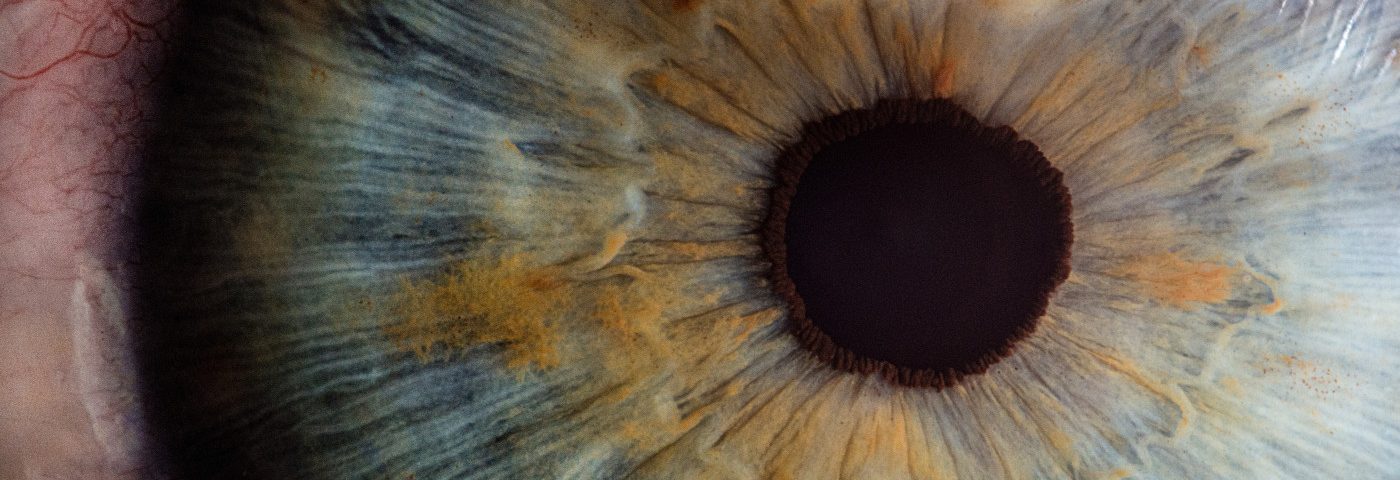The neurological condition hereditary sensory autonomic neuropathy (HSAN) type 4 was diagnosed in a young child who first sought medical care due to symptoms of neurotrophic keratitis.
The case was described in the Indian Journal of Opthamology, in the report, “The painless eye: Neurotrophic keratitis in a child suffering from hereditary sensory autonomic neuropathy type IV.”
HSAN refers to a group of rare conditions that are characterized by loss of sensation and by problems with the autonomic nervous system (the part of the nervous system that controls unconscious bodily functions such as heart rate, digestion, and sexual arousal).
There are five different types of HSAN; among them, HSAN type 4 is due to mutations in the NTRK1 gene and is distinguished by anhidrosis (the inability to sweat normally), as a result of reduced nerve signaling to sweat glands. Generally, three clinical features are required for a diagnosis of HSAN type 4: anhidrosis; decreased pain perception; and reduced intellectual ability. Whenever possible, a confirmatory genetic test also is preformed.
This case report describes a 3-year old female who was brought to the ophthalmologist due to blurred vision, redness, and watering in both eyes, which had persisted for about three weeks. Examination of the child’s eyes revealed features suggestive of neurotrophic keratitis.
The child’s parents reported that the child showed a lack of response to pain or to extreme temperatures. The child also had a history of self-inflicted injury. Physical examination showed various signs of self-inflicted bodily damage, such as recurrent nosebleeds, nail marks, and sores on the tongue. Intellectual delay also was noted.
Most other laboratory and clinical assessments were within normal ranges. Notably, nerve biopsy revealed some abnormalities in the child’s nervous system.
Based on these findings, the child was diagnosed with HSAN type 4.
The authors of the case report speculated that the child’s neurological condition may have caused, or at least contributed to the development of, the neurotrophic keratitis that initially prompted medical examination.
More specifically, they noted that decreased autonomic nervous system functioning in HSAN could lead to corneal denervation that results in less tear production, ultimately causing damage to the eyes. (The cornea is the clear outer layer at the front of the eye.)
As such, the researchers suggest that neurotrophic keratitis may be an early sign of this nervous system disorder.
“HSAN‑IV [4] may present to the ophthalmologist first with signs and symptoms of neurotrophic keratitis. A detailed history and general examination may aid to the diagnosis and appropriate therapy,” the researchers concluded.

